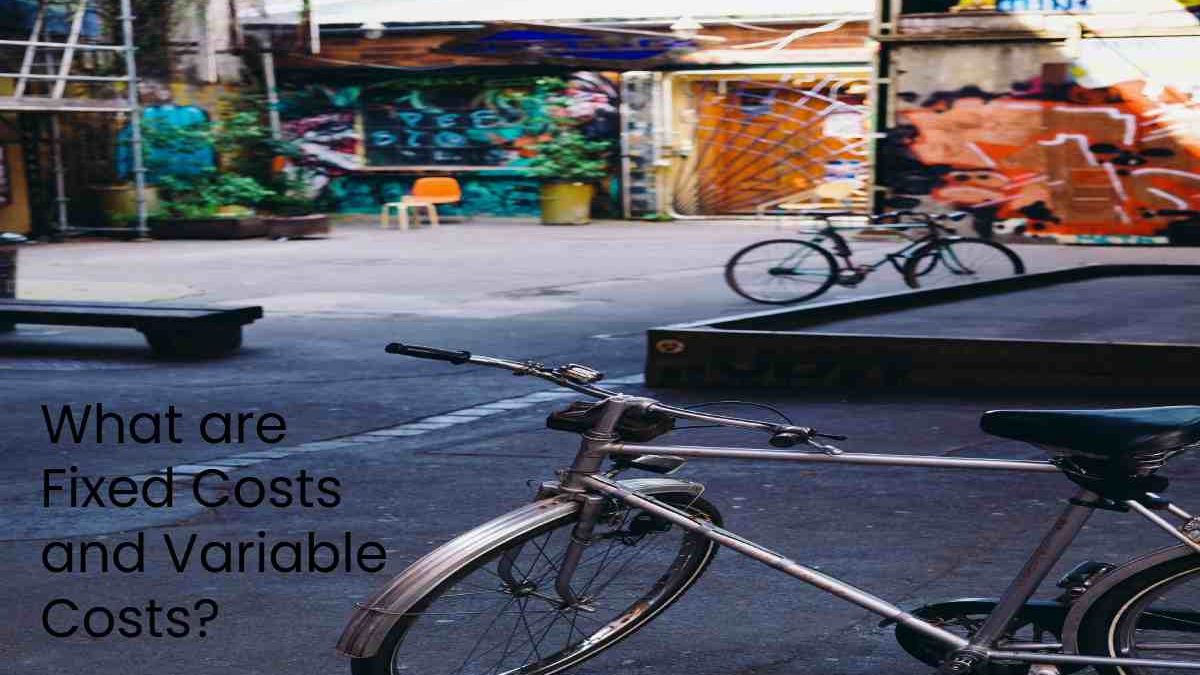Table of Contents
A Fixed Cost is any Expense Independent of Sales Volume.
For your lemonade stand, the fixed costs are rent, server salaries, advertising, electricity, phone bill, etc. To schematize all these second-degree expenses of the income statement. Suppose your fixed costs amount to sixty francs a day. On your first day of work, it doesn’t matter if you sell a glass of lemonade or a hundred: the fixed costs will not change. In reality, in practice, the fixed expenses increase in stages. On the other hand, fixed costs are often also called overheads or ACEs .( other operating expenses ).
If you decide to open a second stand on your second day, your fixed costs will change.
How to calculate a Fixed Cost?
To calculate the average of the fixed costs of an asset over one month, all the fixed expenses paid during it must stay added together. It will include rent for premises or factories, utility bills, property or statutory taxes and administrative costs.
Example of Fixed Costs
For example, the rents paid by a financial company. Suppose a company is paying Rs.20,00,000 a year to rent its offices. It, therefore, makes a monthly rent of approximately 1,66,000rs per month, which will include in the company’s fixed costs.
This rent is not affected by the activity level and therefore remains fixed, even if the demand for the company’s products increases or decreases. However, the fixed costs may still change over time, within the time frame specified in the contract.
They could, for example, increase if the company were to move and its rental costs became more substantial. They could, conversely, decrease if a contract or agreement expires. These changes are not due to fluctuations in inactivity but rather to contractual changes or changes in payment terms.
Another example of fixed costs is a company’s utility bills. These can vary depending on the year but are generally not impacted by rising or falling demand.
What is a Variable Cost?
These are costs that increase as you produce and sell more units.
In other words, it’s what you should buy more of if your business is booming. For each glass of lemonade, these variable costs will be three deciliters of water, two ice cubes, a dose of lemon juice, a tenth of a glass of white sugar, a recyclable cardboard glass that the customer keeps well as a minute of working time.
Depending on the line of business, you will have considerable differences between fixed and variable cost levels. For example, if you are active in distributing electronic books, whether you sell one or 1 million books, variable costs are theoretically non-existent. You would probably only have a small additional charge for electronic data transfer costs. It would be very different if it were a physical book sale .online where a tangible good is delivered to you by mail. If this same book sold in bookstores, then there would be not only variable costs related to the physical book but also substantial fixed costs such as store and warehouse rent, heating, sales assistants’ salaries, security, etc
If you don’t analyze your fixed and variable costs, you may be selling lemonade all day without making a profit.
Now you know how to identify fixed costs from variable costs. Thus, you will be able to decide on a selling price, commercial objectives to achieve or to start an entrepreneurial activity or not.
Characteristics of Variable Costs
- The term variable cost is used in cost accounting or management accounting. Variable costs refer to all the charges that vary according to the company’s activity level.
- Variable costs are opposed to fixed costs, which remain stable over a given period, regardless of the volume of activity of the company over this period.
- A variable cost varies more or less proportionally to the quantity produced.
- The variable cost is made up of operating expenses, that is to say, related to production, so it is also more or less proportional to the turnover achieved.
- Variable expenses in the income statement
- Fixed and variable charges appear in the income statement in the form of operating costs. The income statement lists the revenue and expenses of the company over a specific period.
Operating expenses are directly related to the production of goods and services of the company.
Examples of Variable Costs
Variable costs typically include:
- direct and indirect costs associated with the purchase of raw materials (water, paper)
- turnover tax
- bonuses for sellers
- shipping costs
- energy costs (petrol, gas)
For example, if a baker’s bread sales increase, he will have to increase his purchases of flour.
Once the company has determined its variable costs, it can calculate other financial indicators, such as the commercial margin on variable costs and the break-even point.

